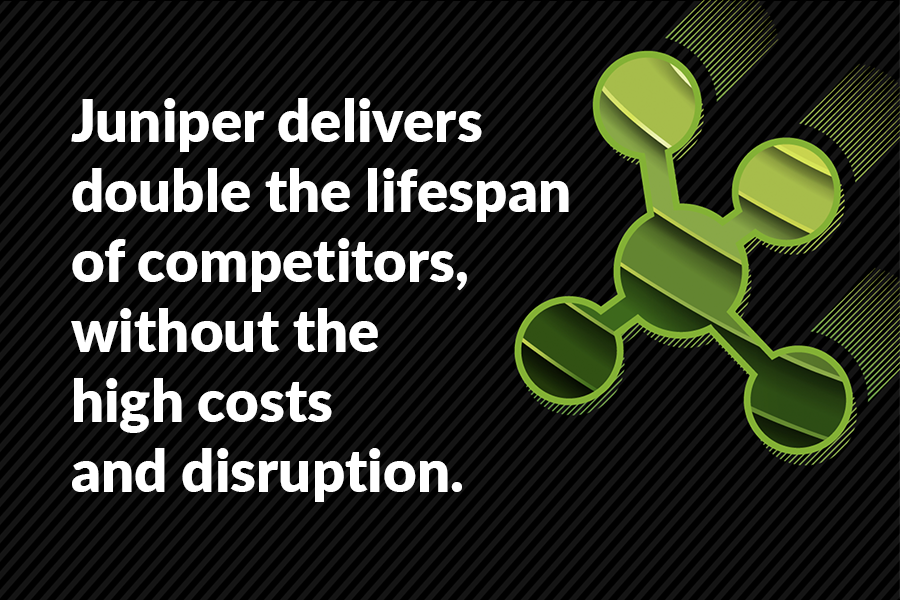In a medical emergency, every second counts. The more paramedics can do on the scene, the better it is for the patient. A more stable patient also means less need to race through traffic or for emergency handovers at the hospital, all of which impact the chance of a successful outcome.
Currently, many paramedics use 4G-enabled tablets to communicate with experts and share critical diagnostic information. With the imminent arrival of 5G services, several governments are looking at how the increased data speeds and capacity can be used to enhance ambulance services. This includes HD video conferencing and live feeds from cameras mounted in the ambulance, as well as real-time sharing of patient diagnostics and even augmented reality for remote surgery and triage.
However, these often have limited throughput and there is no service assurance. Remote locations, congested networks (like those at stadiums or demonstrations) or mandated coverage shutdowns (as in the case of a terrorist attack) can all mean little or no connectivity is available. 5G can help address some of these challenges with the addition of node slicing. By deploying a dedicated network slice, the first responders’ services won’t be affected by congested environments or network shutdowns enacted by the police. However, 5G won’t be available everywhere, so the ambulance must be connected with 4G, 5G and satellite and alternate between these services without disruption.
Juniper’s Contrail SD-WAN solution provides seamless connectivity across multiple connectivity options so the network is always on, regardless of whether the ambulance is moving or stationary, even across international borders. The system has a fail-over time of under one second and incorporates application traffic prioritization to make sure the important applications get the network resources if needed. It’s also fully automated, so paramedic staff don’t have to be IT professionals as well, and communication is completely secure, ensuring the privacy of such sensitive information.
This solution was demonstrated at MWC 2019 in Barcelona last month in a project run by i2CAT for the Catalan government. The below video showcases the demonstration and our presentation explaining Juniper’s role in the project.
In its infancy, this type of smart ambulance already has the potential to save many lives and even reduce the load on hospital emergency rooms. It’s hard to conceive of all the new potential applications 5G will bring, but we can see how these smart ambulances could be integrated into a wider smart-city initiative, alert other drivers and connected cars to avoid incidents on the road, provide an optimal route to the hospital and green light all junctions if needed.
These smart ambulances have the potential to become platforms to foster innovation across the industry to create new services and applications for emergency services and connected vehicles. Many of them will need local compute capabilities aboard the ambulance to reduce the dependency of the network and increase the experience. To help minimize the number of devices and connections, Juniper’s Contrail SD-WAN solution can be virtualized as well and run on an onboard ambulance server.
At Juniper, we are proud to be part of this leading-edge innovation and look forward to helping this critical use case move from the proof-of-concept demonstration we saw at MWC to real-world deployments.


